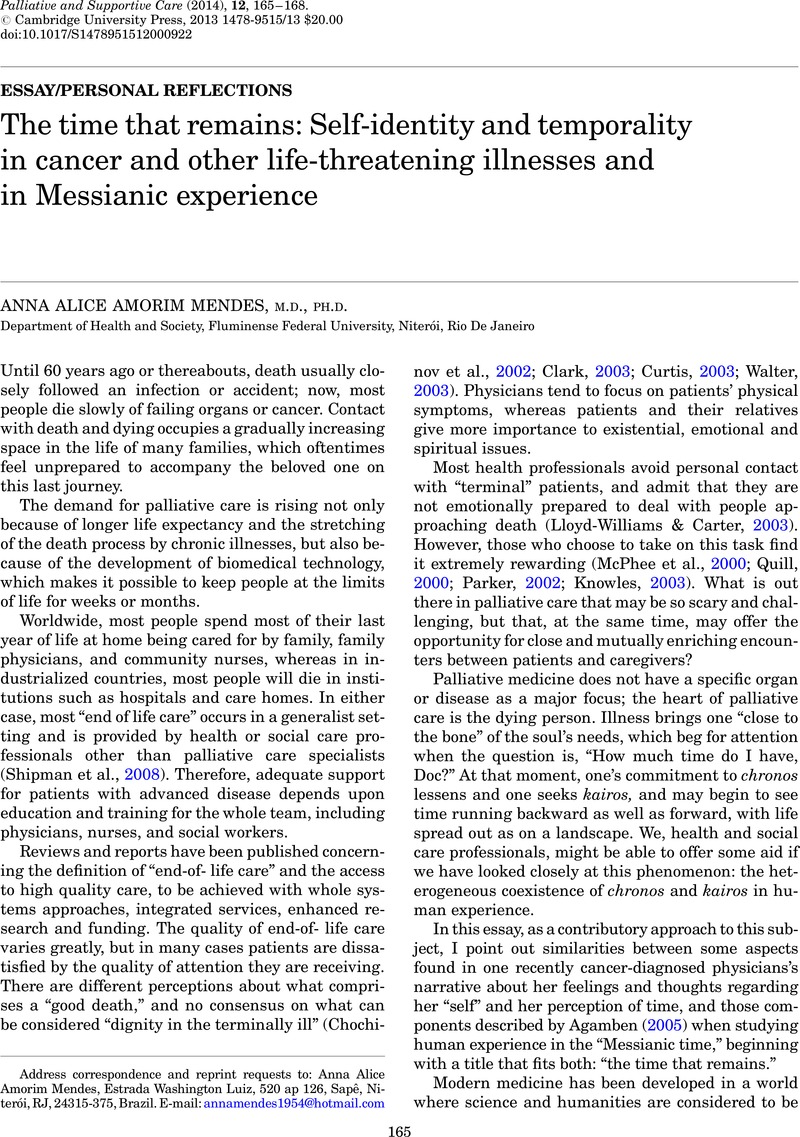Crossref Citations
This article has been cited by the following publications. This list is generated based on data provided by Crossref.
Englund, Lena
2024.
Shifting Temporalities and Future-Oriented Ends in Two End-of-Life Memoirs.
Parallax,
Vol. 30,
Issue. 4,
p.
458.


